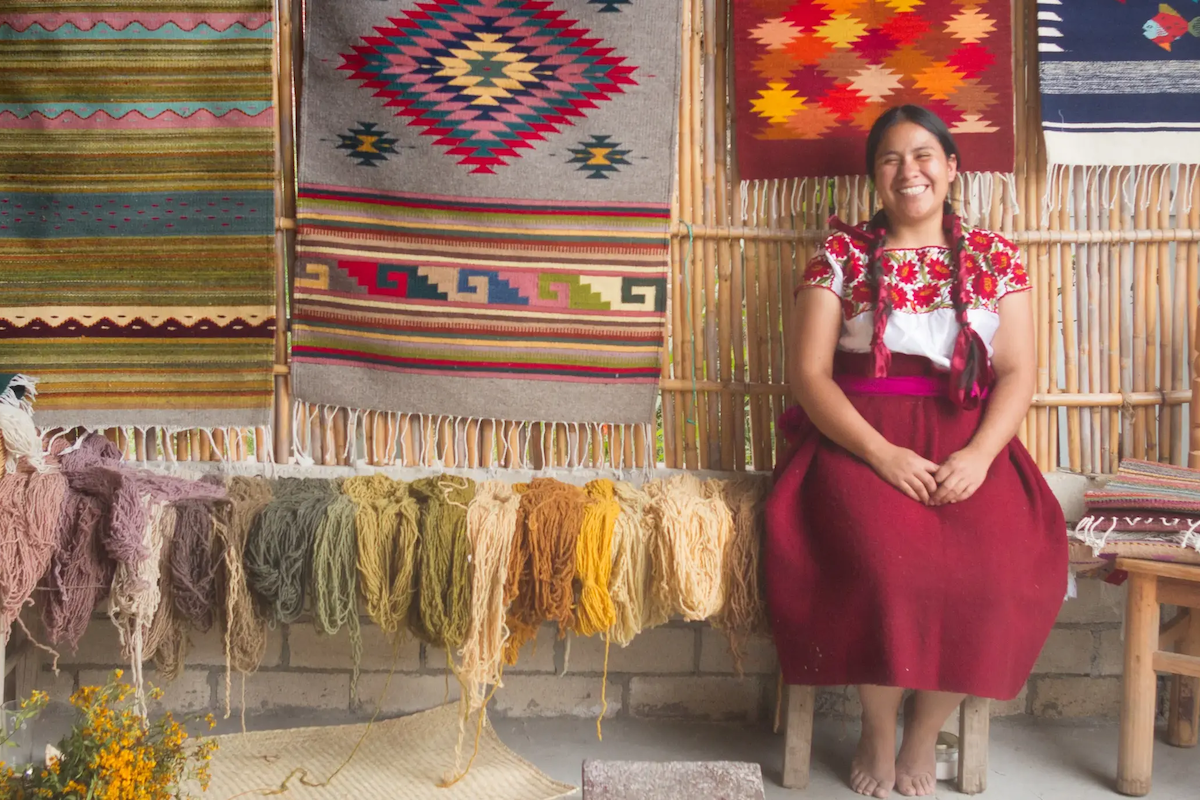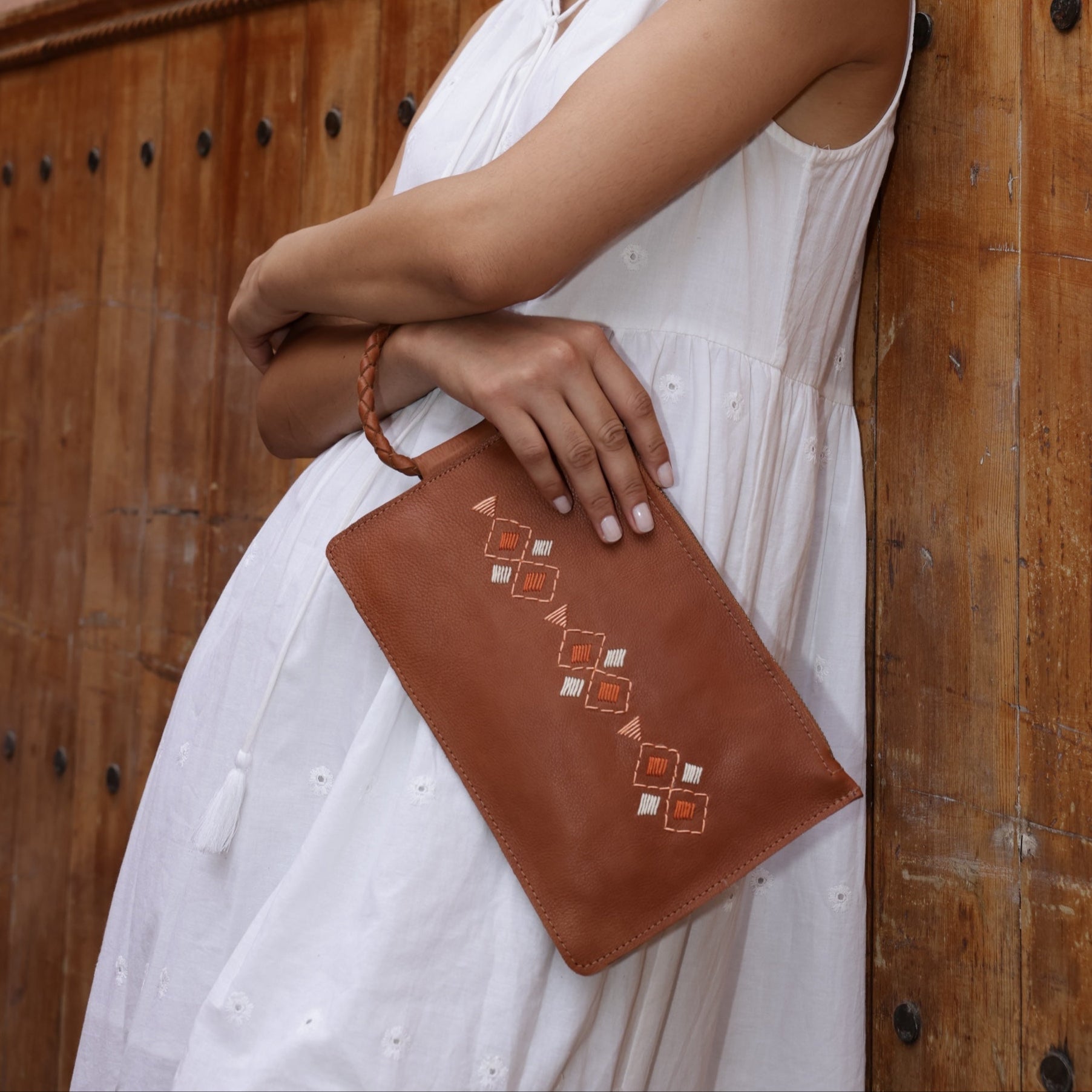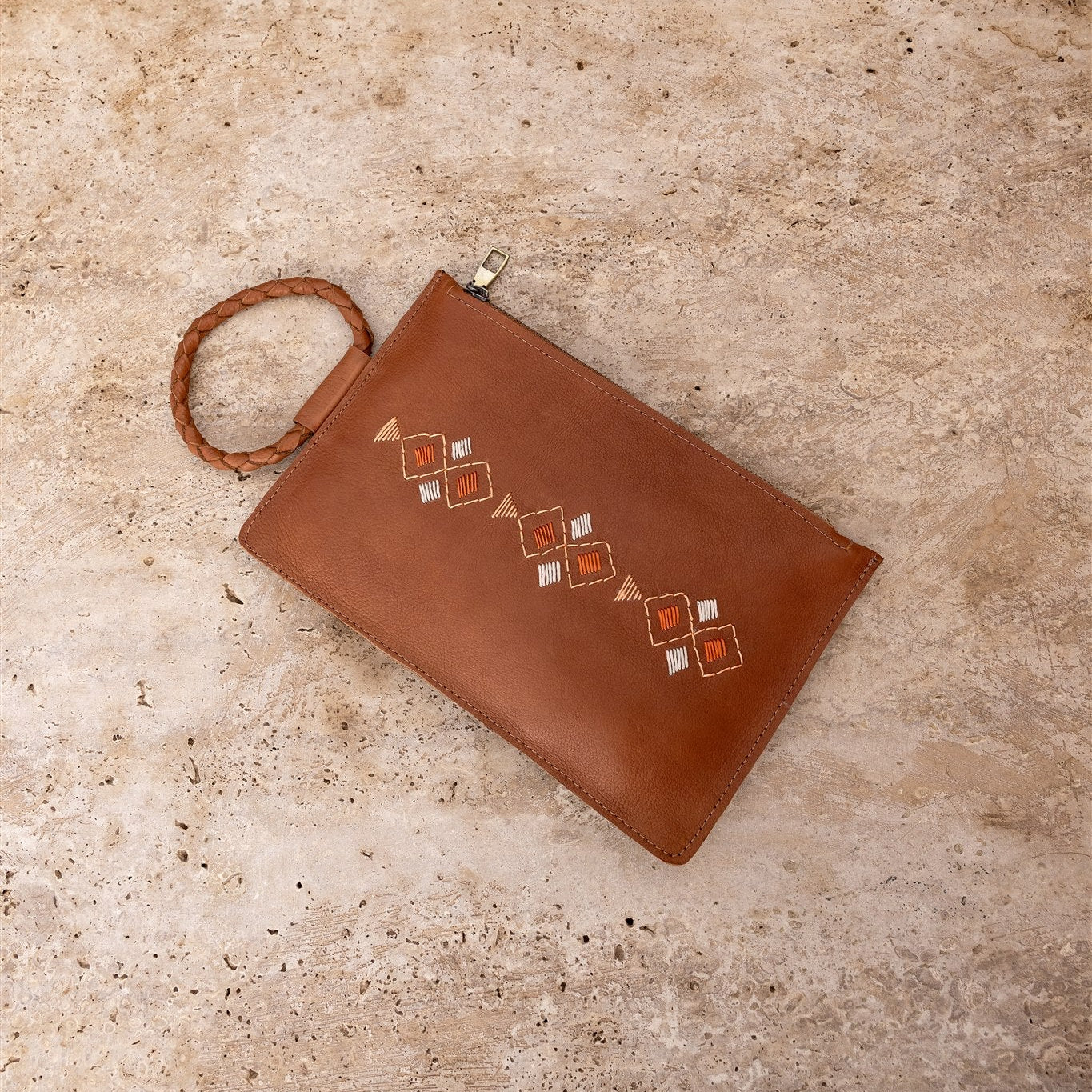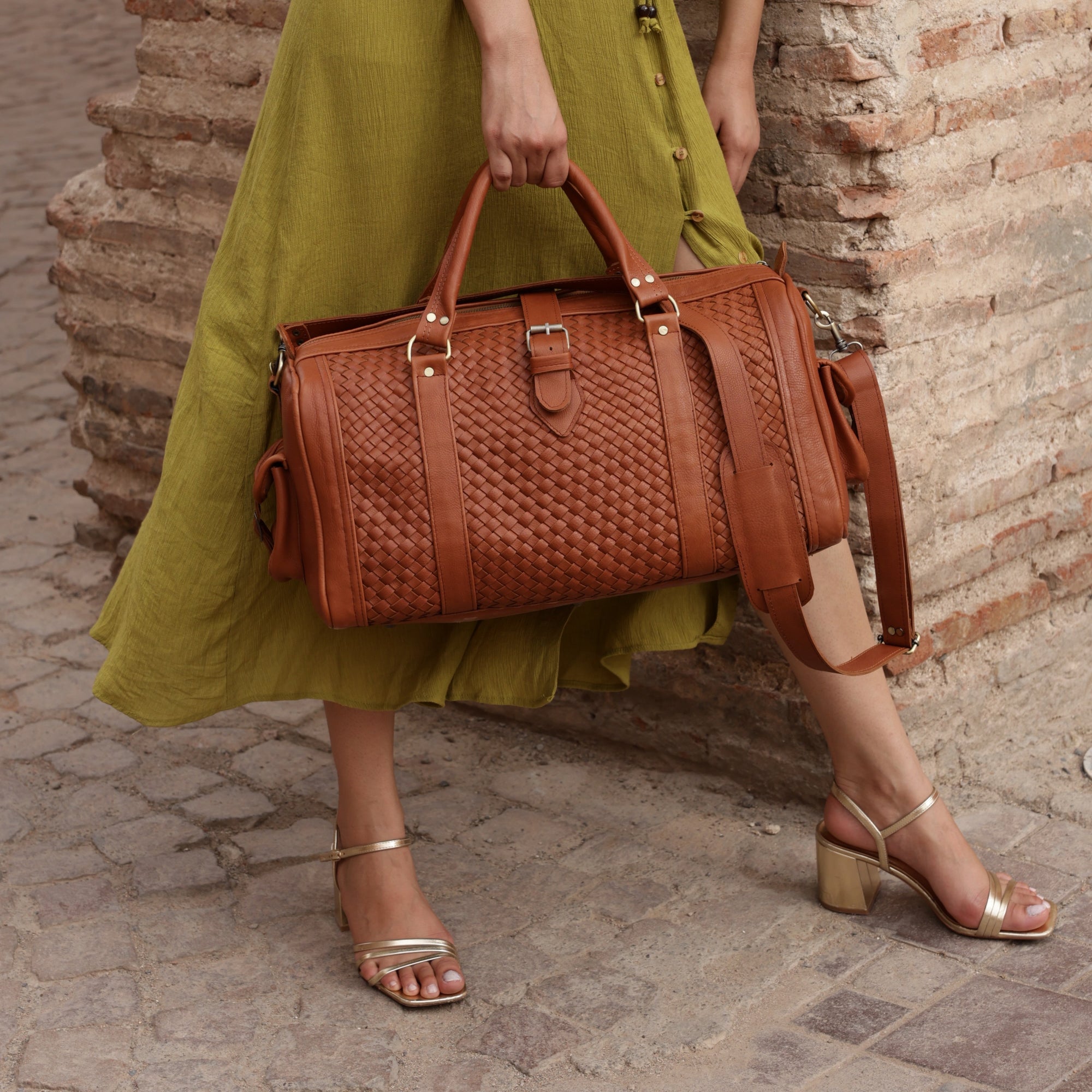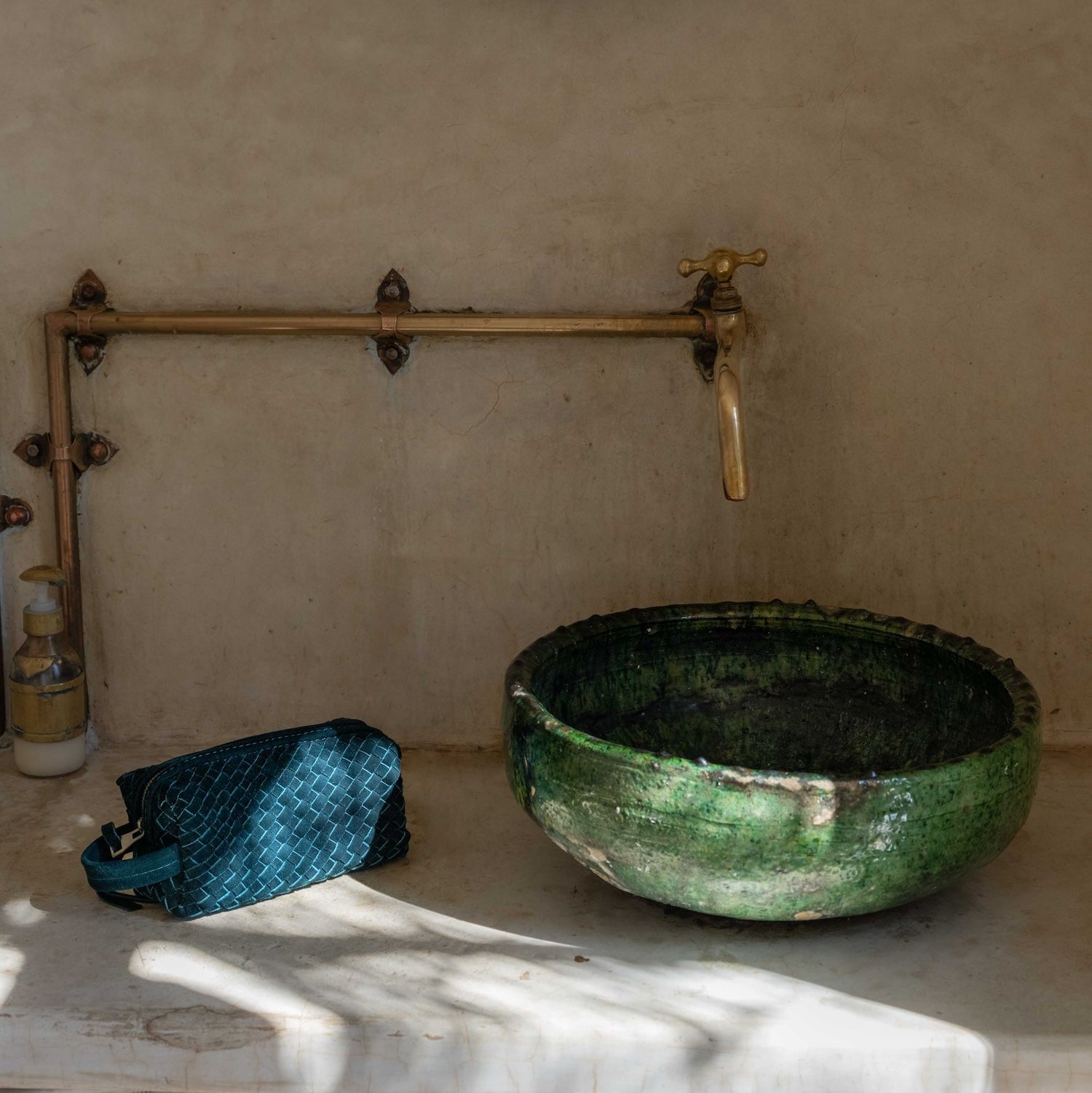A Journey Through Symbols and History
When you see patterns often referred to as “southwestern” in the US, have you ever wondered about their deeper meanings and symbolism? As we expand our horizons to include the beautiful artistry of Oaxaca, we’re excited to introduce you to the rich cultural heritage embedded in the Zapotec designs featured on our new line of handbags. These patterns are not just visually stunning; they carry deep historical and symbolic meanings that have been passed down through generations of Zapotec artisans. Join us as we explore the symbols and history that make these designs so special.
The Legacy of the Zapotec Civilization
The Zapotec civilization, which has thrived in the Oaxaca region of southern Mexico for thousands of years, is renowned for its profound contributions to art, architecture, and culture. The designs found in their textiles and artwork go beyond decoration; they form a visual language rich with symbolism that embodies the Zapotec worldview and deep connection to nature. For the Zapotecs, weaving is a sacred practice—a way to honor their ancestors, communicate with the divine, and preserve their cultural legacy. Each symbol woven into their textiles carries distinct meanings, often rooted in their mythology, agricultural traditions, or spiritual beliefs. Through these designs, the Zapotecs tell stories that connect their past, present, and future, ensuring that their heritage endures across generations.
Key Zapotec Symbols and Their Meanings

La Flecha
The arrow design, or flecha, represents strength, determination, and purposeful direction. In Zapotec culture, it symbolizes the pursuit of goals and the ability to overcome obstacles. Arrows were also crucial in hunting and warfare, reflecting their importance for survival and protection within society.

El Diamante
One of the most common symbols in Zapotec designs is the diamond shape, or diamante. This symbol represents the eye of the gods and the universe. The diamond’s four points are often interpreted as the four cardinal directions—north, south, east, and west—symbolizing balance, protection, and a connection to the spiritual realm.

El Rayo
El rayo, or lightning, is a dynamic symbol representing power, transformation, and the connection between the celestial and earthly realms. The Zapotecs believed that lightning could bring fertility and balance to the land and serve as a divine messenger between the gods and humans.

Mitla
Mitla, an archaeological site in Oaxaca, is revered as a sacred place by the Zapotec people. The geometric patterns found in Mitla’s ancient structures, such as intricate fretwork and fret motifs, have influenced Zapotec designs throughout history. These patterns symbolize the harmonious relationship between the physical and spiritual realms.

Monte Albán
Monte Albán, another significant Zapotec archaeological site, features impressive architectural and artistic achievements. Its influence on Zapotec designs is evident in motifs like stylized human figures, glyphs, and celestial symbols. These designs represent the connection between humans and the divine, as well as the Zapotec civilization’s accomplishments in art, science, and spirituality.

Envergadura
The wingspan design, or envergadura, embodies freedom, transcendence, and the ability to rise above limitations. It represents the Zapotec people’s aspiration for personal growth, spiritual enlightenment, and liberation from societal constraints.

La Trenza
The braid design, or trenza, symbolizes unity, interconnectedness, and the strength of community bonds. It reflects the Zapotec belief in the importance of cooperation and mutual support for the well-being of society.

La Mariposa
The butterfly, or mariposa, is a symbol of transformation, renewal, and the soul’s journey. In Zapotec designs, the butterfly often represents the fleeting nature of life and the beauty of change. It’s a powerful reminder of the potential for growth and the cyclical nature of existence.

La Pluma
Feathers, or plumas, in Zapotec art symbolize the divine, spiritual guidance, and communication with the gods. They are often associated with the sky and the heavens, representing the connection between the earthly realm and the spiritual world. Feathers are seen as messengers, carrying prayers and thoughts to the divine.

El Ojo de Dios
The God’s eye design, or ojo de Dios, is a traditional Zapotec symbol with deep spiritual meaning. It represents the all-seeing eye of the divine and serves as a protective amulet, bringing blessings and warding off evil spirits.

El Maíz
Corn, or maíz, is not just a staple food for the Zapotec people; it’s a sacred symbol of fertility, life, and sustenance. Corn motifs in Zapotec designs celebrate the earth’s bounty and the close relationship between humans and the land. It’s a symbol of nourishment, both physical and spiritual.

La Estrella
Stars, or estrellas, symbolize guidance, spiritual enlightenment, and the celestial realm. In Zapotec designs, stars represent the connection between the earthly and divine realms, as well as the navigation of life’s journey.

La Lluvia
Rain, or lluvia, is a vital element in Zapotec agriculture, providing nourishment for crops and sustaining life. It symbolizes fertility, abundance, and the life-giving forces of nature. Zapotec designs incorporating rain motifs pay homage to the essential role of water in their culture.
Weaving Heritage Into Every Thread
As we introduce our new collection of Zapotec handbags, we’re not just offering beautiful accessories; we’re bringing to life the rich cultural heritage and artistry of the Zapotec people.
We’re weaving a story—a story of an ancient civilization that continues to thrive through its artistic legacy. These designs are a testament to the Zapotecs’ deep connection with nature, their respect for the forces of the universe, and their understanding of life’s cycles.
When you carry one of these bags, you’re not just carrying an accessory; you’re carrying a story, a symbol, and a connection to a culture that has endured for millennia.
We invite you to explore the meanings behind these symbols and to appreciate the depth of artistry that goes into every piece. Our Zapotec-designed handbags are more than just fashion; they are a celebration of culture, history, and the timeless beauty of traditional craftsmanship.


